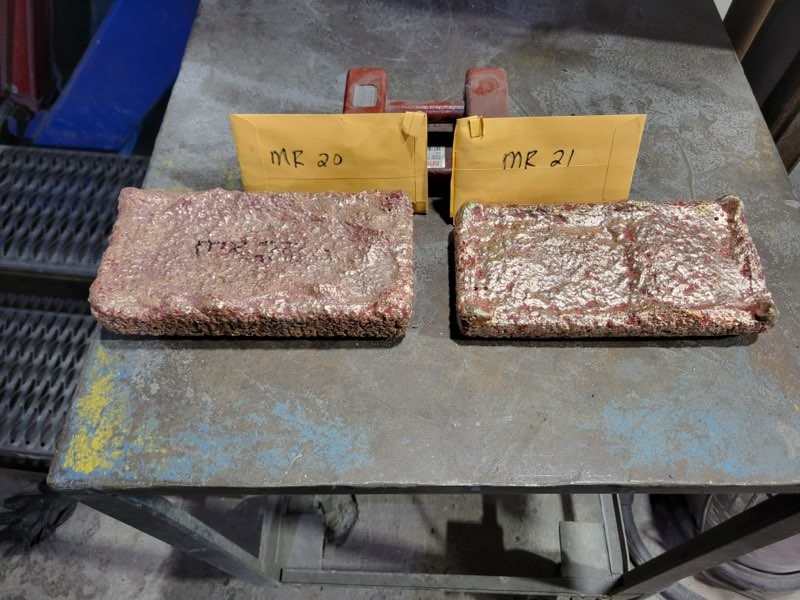The same hole, which is 60 metres down-plunge from historical high-grade, near-surface drill results, intersected 4.3 grams gold over 3.9 metres from 217.1 metres depth including 6.6 grams gold over 2 metres, the company said.
The Eagle assays reveal gold near surface in concentrations greater than 10 grams per tonne in an area along the north mine horizon that’s had limited drilling and remains open further down-plunge, Maple chief executive officer Matthew Hornor said in the release. The results have widened a mineralized corridor to more than 100 metres and bode well for plans to restart the namesake underground mine that Agnico Eagle Mines (TSX: AEM; NYSE: AEM) ran as its first operation from 1974 to 1986.
“Drill results continue to support the company’s view that multiple sub-parallel gold horizons exist beyond what was historically mined at Eagle,” Hornor said. “This represents just one of several compelling follow-up targets that we are excited to pursue in 2023.”
Historical results from E-19, the geologically similar hole near EM-22-015, returned 19.6 grams gold per tonne over 7.9 metres and 17.5 grams gold over 5.6 metres, Maple said.
Eagle’s main mine horizon, hosted in mixed epiclastic and pyroclastic rocks of the northern part of the Joutel-Raymond volcanic complex, extends into a sill-like microgabbro occurring close to the Harricana fault, Maple said.
The south mine horizon is in a mix of fine-grained crystal tuffs and laminated sediments hosting most of the gold-bearing semi-massive sulfide mineralization cut by irregular quartz veinlets, according to the company. The north mine horizon is associated with coarser lapilli-tuffs that allowed deposits of abundant matrix sulfide to form, it said.
Last year, Maple bought the Eagle mine from Globex Mining Enterprises (TSX: GMX) for $2.4 million. Maple holds the adjacent Douay project in a 50:50 joint venture with Agnico Eagle. The JV includes the former Telbel mine in the Joutel project, but not Eagle. Agnico mined Telbel from 1983 to 1993. Telbel and Eagle together produced 1.1 million oz.
The plan to revive Eagle, which lies near the Harricana River, would require draining water that’s seeped into shafts and tunnels over the past 30 years and likely the construction of a water treatment plant. The company needs to conduct a prefeasibility study on the project, Hornor said in an interview with The Northern Miner in November.
Maple’s total indicated resources at Douay and Joutel are 10 million tonnes grading 1.59 grams gold per tonne for 511,000 oz. contained metal, according to an update in March. An update might follow next year, Hornor said in the interview.
He also said Maple was in “advanced and detailed” talks with three potential acquisitions to help it boost its contained gold resources to 5 million oz. from 3 million ounces.
Last month, Maple reported assays showing continuity of the south mine horizon at relatively shallow vertical depths and the broadening of the area’s mineralized zone.
Drill hole EM-22-13 cut 2.3 grams gold per tonne over 10.4 metres, including 5 grams gold over 3.2 metres from 257 metres downhole. Drill hole EM-22-16 returned 3.1 grams gold over 7.3 metres, including 4 grams gold over 3.6 metres from 193 metres depth.
Maple Gold shares rose by more than 4% in early Monday afternoon trading in Toronto to 24¢, within a 52-week window of 13¢ and 38¢, valuing the company at $81 million.




